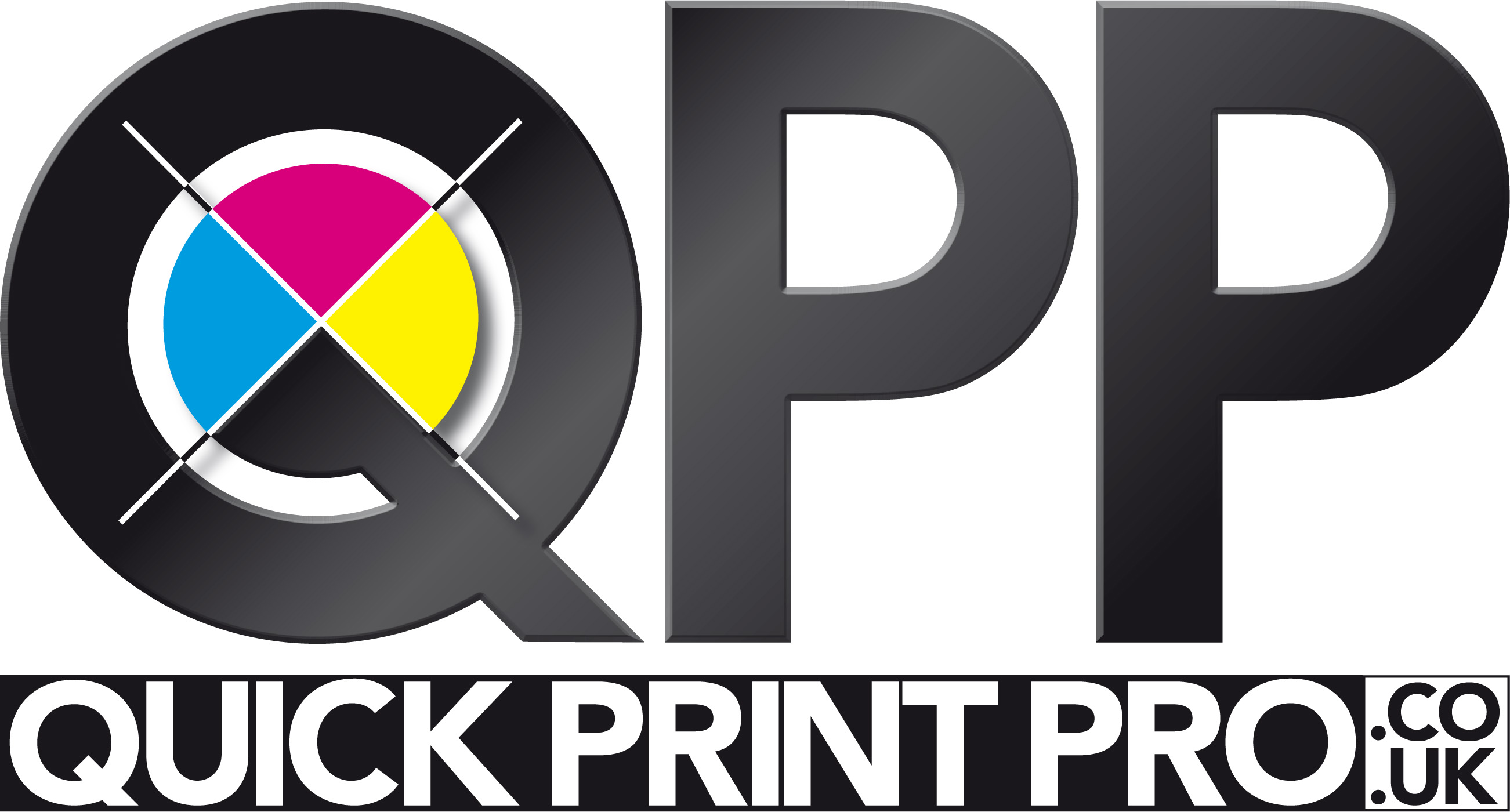The Problem With Editing PDFs

The Problem With Editing PDFs
So you have a PDF file on the screen and wish to make changes. Easy, yes? Well, not really. DEAN COOK from The Magazine Production Company offers why applying changes within a PDF file isn’t such a great idea.
Since the late ’90s, I have only supplied compliant-PDF files in commercial printing — back then, I often encouraged prepress departments to use this new-found pain-free format – helped by correctly constructed artwork.
While the PDF offers speed, accuracy and efficiency, over the years, I’m often presented with requests to edit, make changes, move assets, or resize supplied PDF artwork. In the vast majority of cases, a brief check to assess its possibilities, my answer tends to be the same, “Could you speak to your originator of the InDesign file because…? It should take them a couple of moments”. On many occasions, the answer is the designer is uncontactable, or they say it’s an old PDF (metadata often suggesting otherwise). Even if it is an ‘old’ PDF, having no access to the original artwork, it then puts a different light on whether it is worthwhile to spend time deconstructing the artwork and rebuilding it in InDesign so that we can achieve a minor alteration that isn’t possible directly in the PDF. This could create more issues than it fixes, with unplanned time now needing to be pulled from thin air, and at short notice, as the magazine is on deadline. However, it would allow further amendments to be made with speed and ease and maintain file integrity to ensure all replicates as the advertiser intended.
To understand what can and can’t be done, we need to get under the hood of the Portable Document Format.
The PDF (Portable Document Format) — a very different file format
Firstly, different file types serve different purposes, and it’s valuable to note that Acrobat, the program that views PDF files, does not build artwork or documents from the ground up. Instead, programs such as Adobe’s InDesign, Illustrator and Photoshop, as well as Microsoft’s Word, Excel and PowerPoint are used to natively save the working document. Once all is approved a PDF is developed for its specific output intent is exported/saved. Even web browsers have the option to export PDF files. A PDF simply allows others to view and print artwork/documents without needing the same software that was used to create it. In other words, the PDF format is the holder of artwork/documents rather than the editor of artwork/documents.
While specific software enables originators to create the artwork/documents, it also holds all the necessary background data (such as filters, font formatting, style sheets, parent elements, tagged information, external links, profiles, etc.). However, all of these associated features and tools are stripped away when a PDF is exported/saved, only encapsulating essential data, key elements used, optimising the resolution and applying features, such as adding printers’ marks and bleed. This process also minimises the file size and reduces the risk of inherent artwork/document problems that could occur in print later, for example.
Although possible to make changes to PDF files, it is limited. We refer to it as ‘patching’, but it should only be pursued as a last resort if the original artwork file cannot be sourced to be amended.
Although you can see the text on the screen in a PDF file, the tools and features of how the text was composed now do not exist — they were detached when the PDF was exported. To offer one typical example, if you add/remove a word or two, paragraph copy will not reflow as you would expect, and it’s another story if you need to tweak kerning/tracking.
Also, while the font itself was embedded into the PDF file, you would need the actual font to be installed on your system in the hope of applying copy changes successfully while maintaining the font style. If the font isn’t available on your system, the text could be substituted with another, which could be very different in appearance.
The correct way is the only way.
No matter how minor the change, any professional designer would encourage changes are always made to the original artwork/document for another PDF file to be exported/saved. It would also ensure the error you originally wished to change never reappears if further PDF files are required because the change being applied is being made at the correct point of the artwork/workflow process.
To summarise, while it is possible to edit PDF files, it is not the correct way to edit PDF files.


.jpg)




-2025-11-19-10-50-51.jpg)





